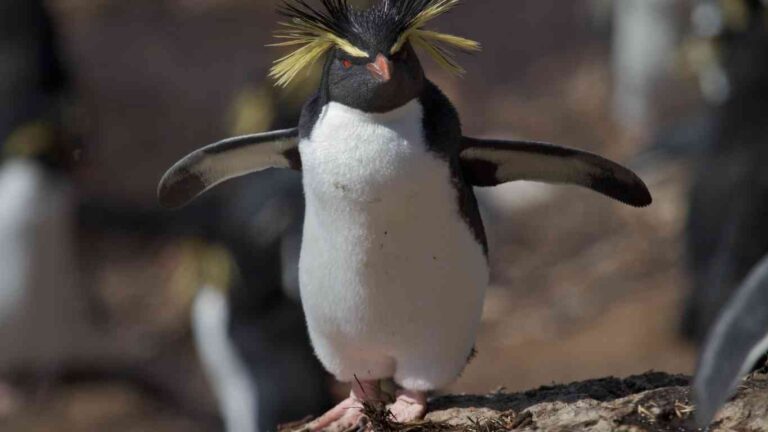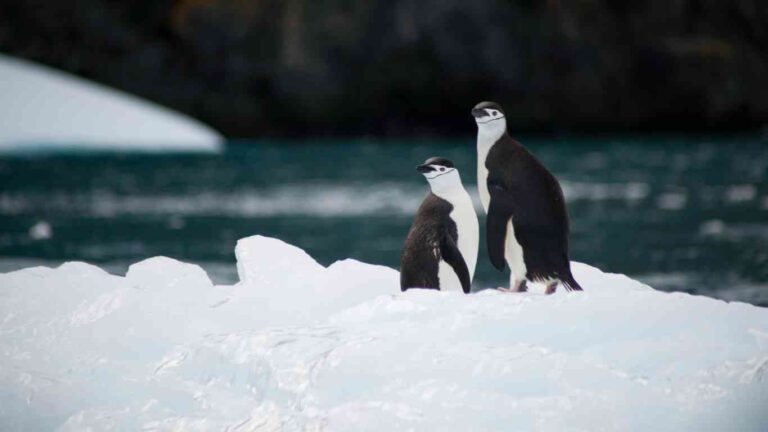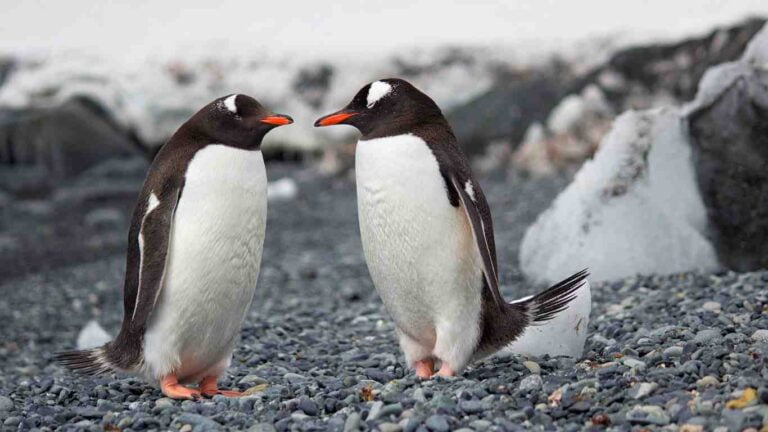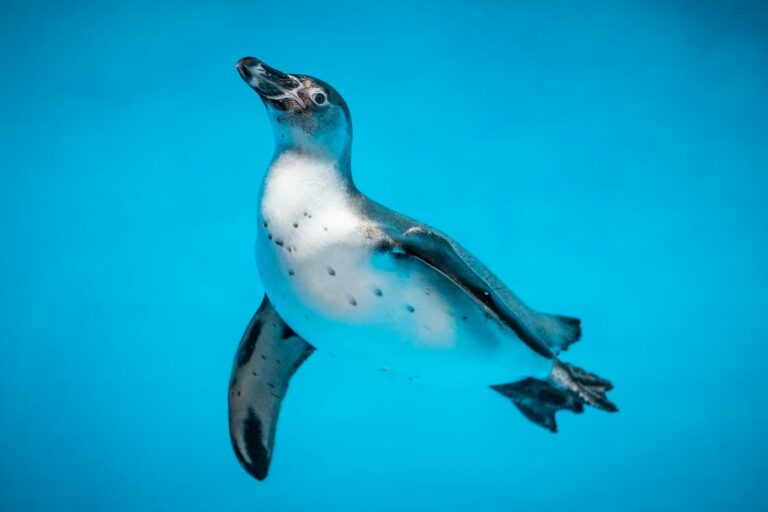Do Penguins Have Fur? (Dispelling Myths)
Penguins are often recognized for their distinctive waddle and formal-looking plumage. However, there’s a common misconception about their covering: Do penguins have fur?
The answer is nuanced, as it delves into bird physiology and how penguins have adapted to cold, watery environments.
So, what’s the truth about penguin feathers? Let’s explore and clarify the facts, dispelling any myths about their unique coat.
Do Penguins Have Fur?
Penguins do not have fur, they are birds with specialized feathers. Their feathers are dense, slender, and waterproof, adapted to their harsh, cold aquatic environment.
Feathers are unique to birds and come in a variety of forms, each tailored to their specific function, whether it be for insulation, display or flight. Fur, on the other hand, is the characteristic covering of mammals.
While it’s easy to mistake penguin feathers for fur due to their soft and velvety appearance, these distinct features serve different purposes altogether.
When comparing the silky layer of an otter to the plumage of a penguin, it’s easy to see why people might think of penguins as the ‘birds of the fur kind’.
After all, their feathers can look quite different from those we associate with typical birds, like sparrows. However, to clarify right off the bat, penguins do not have fur.
Penguins are covered in feathers that fall under two primary categories: down feathers and contour feathers. Down feathers are the soft undercoating close to the skin, providing insulation and buoyancy in the icy waters.
Meanwhile, the outer contour feathers are more rigid. Collectively, these feathers enable penguins to maintain their core body temperature in freezing Antarctic waters while also decreasing drag as they swim.
Penguin feathers are densely packed and overlap, creating a seal that prevents water from reaching their skin.
This remarkable feature helps in two significant ways: it reduces heat loss and keeps their body dry, a crucial factor given the sub-zero conditions they’re exposed to daily.
Do Penguins Have Feathers, Fur or Hair?
Penguins do not have fur or hair, rather they are covered in feathers. Feathers are a defining characteristic of birds, and penguins are no exception. These feathers are uniquely adapted for the aquatic life that these birds lead.
Fur or hair is a defining characteristic of mammals, offering various functions like insulation, protection, camouflage, sensory perception, and in some cases, social signaling.
Fur consists of two kinds of hairs called the guard hair and the underfur. The guard hair is the outer layer, which repels water and blocks wind, while the underfur acts as an insulating layer to keep the animal warm.
Hair grows from follicles in the dermis, and like fur, it usually covers nearly the entire surface of mammals. The variation in the density, length, color, and texture of fur and hair depends on the species and their habitat.
Penguins, however, do not possess fur or hair due to their avian lineage. Birds like penguins have epidermal growths called plumage or feathers, meant specifically for flight, temperature regulation, waterproofing, and in some cases camouflaging.
Many assume penguins are outfitted with fur, much like polar bears or other arctic creatures. However, these birds are instead decked out in a dense layer of feathers.
Specially adapted to withstand plunging temperatures, penguin feathers are short, stiff, and overlap tightly, forming a waterproof coat that insulates against the chilly Antarctic waters.
This feathery embrace ensures they remain toasty even as they plunge into icy depths or brave the frost-bitten terrain of their frigid homes.
Furthermore, the feathers are coated with oil from a gland near the base of their tail, which helps in waterproofing and in reducing friction when the penguin moves through water.
Summary
Penguins do not have fur or hair, instead they have specialized feathers that have evolved over millions of years. Penguins stay warm through their intricate feathers and biology to adopt their cold and harsh environment.
Penguins’ feathers, coated with oil, provide insulation against freezing temperatures, streamlining flippers for swimming, and a unique heat exchange system, demonstrating nature’s brilliance in their frigid habitats.
The next time you find yourself admiring penguins, remember, it’s not fur that keeps these magnificent creatures warm, it’s the sophisticated integration of plumage and biology, a harmonious symphony that allows them to thrive in some of the harshest conditions on Earth.
(Featured image by Paul Carroll on Unsplash)







